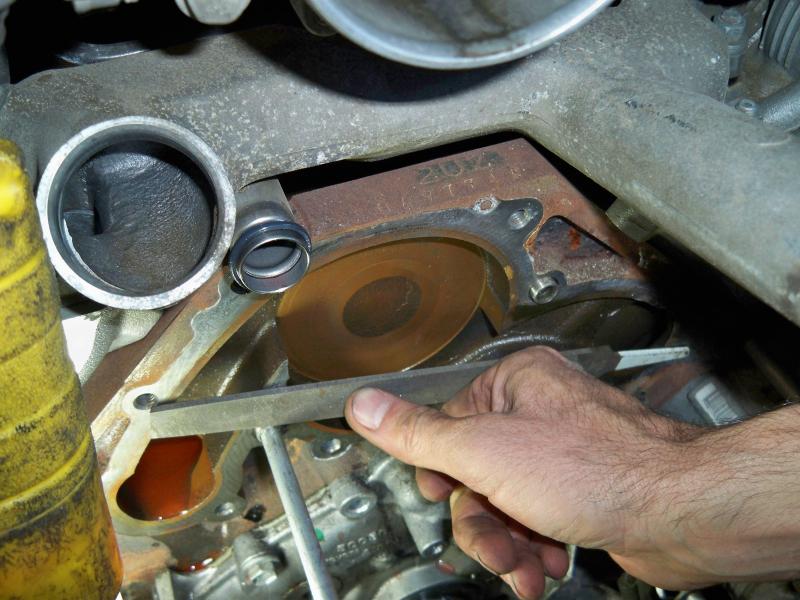Hoses and belts are essential to ensure the cooling system, air conditioning and battery perform their essential functions. Timing belt should keep camshaft and crankshaft synchronized to maintain proper engine timing. Enough power can be transferred from the engine directly to power hungry systems, such as the fan and air conditioning. Cooling hoses should distribute coolants to necessary parts to avoid overheating. Hoses and belts are typically made from rubber and they can wear our progressively. We will be left stranded if only one of them breaks.
The only remedy is to replace them and it is not possible to repair them. As an example, v-belts last about 36,000 miles or about three years. The failure rate skyrockets when we past the third year. Serpentine belts should be more durable and it could last about 50,000 miles. However, they are typically more expensive, so there’s the usual trade-off here. Obviously, we shouldn’t be around when these belts break. It is a good idea to check these belts regularly after the third year to avoid possible problems. Rubber hoses in the cooling system could also start to crack.
It should be noted that tiny cracks can enlarge, split and eventually cause leakage. Rubber hose leakage can be accelerated by frequent uses, oil contamination and excessive vibration, which cause the hose to rub against things. Mechanics should perform visual inspections as well pinching the hoes. Good hoses should be flexible, firm and doesn’t show any kind of crack. It should be noted that rubber hoses can be worn out from the inside, especially because coolant flows constantly inside it. Speaking of coolant, it is the primary fluid that can keep our engine cools.
Coolant fluid doesn’t have infinite lifespan and we need to replace it often. Some long-life coolant could last 100,000 miles, but most are less than that. Coolant needs to be replaced eventually because it will break down. Like oils, coolant also contains some additives that are intended to inhibit rust and corrosion. When the coolant nears its lifespan, additives get used up and prolonged usages may cause rusts inside the cooling system. Due to prolonged exposure to metal, the coolant could turn acidic, further accelerating the corrosion process. Rust can clogs passages inside the cooling system, causing the engine to overheat easily.
Overheating can destroy and engine by warping components like rings and head gaskets. This could happen especially if the engine also has some aluminium components. Compared to steel, aluminium is more sensitive to heat fluctuations, causing components to expand and contracts more easily. Excessive expansion and contraction could cause metal fatigue and cracks. In many cases, we can’t easily be certain if our engine has aluminium components, because this fact isn’t usually described in user’s manual. Regardless of the material used by our engines, we should keep temperature at reasonable level by checking and replacing coolant routinely.

